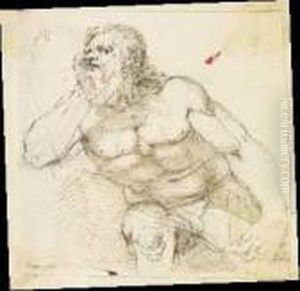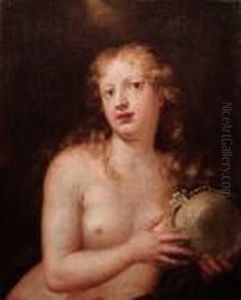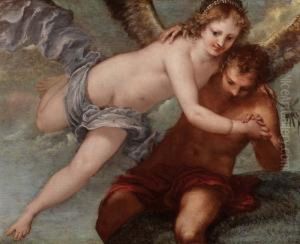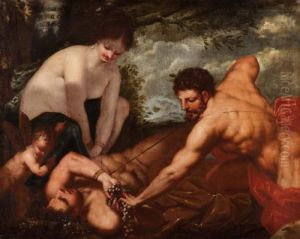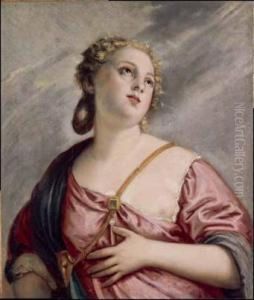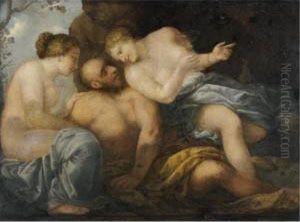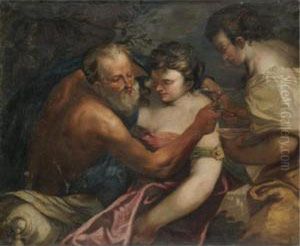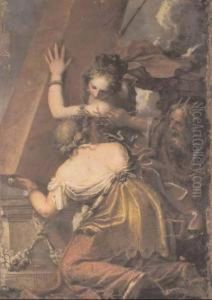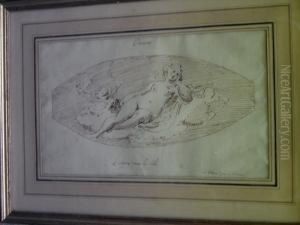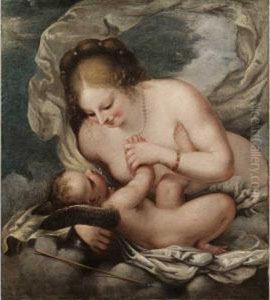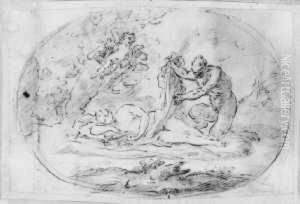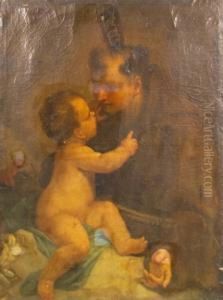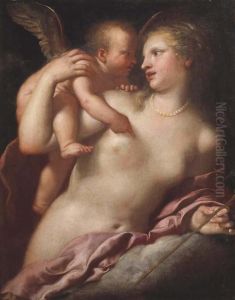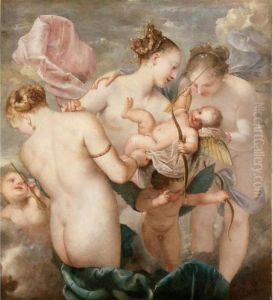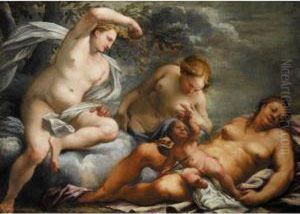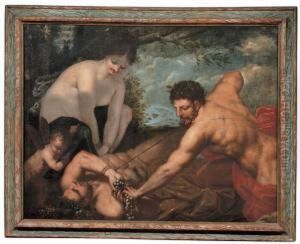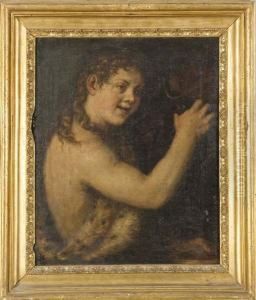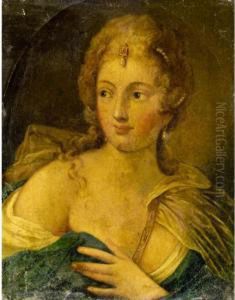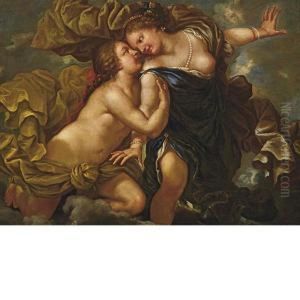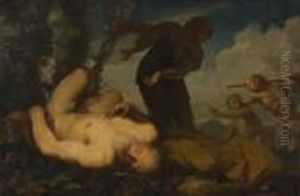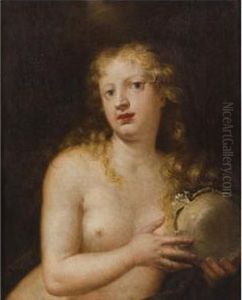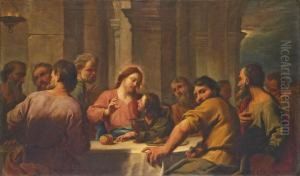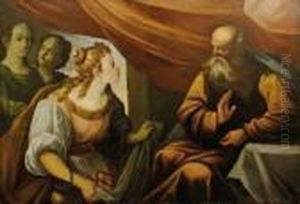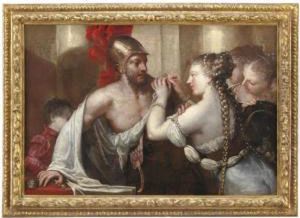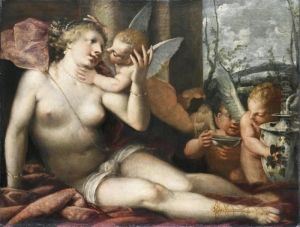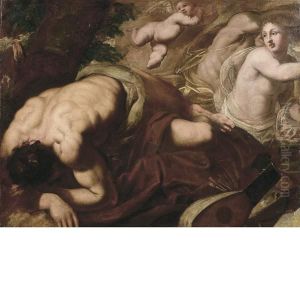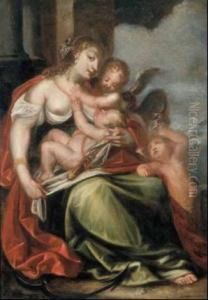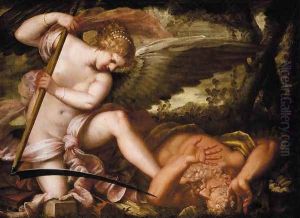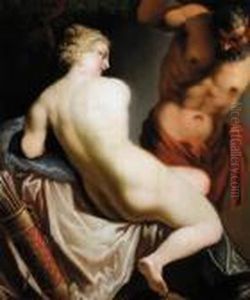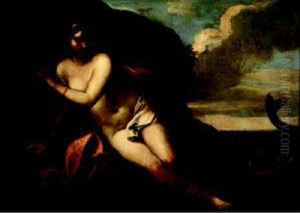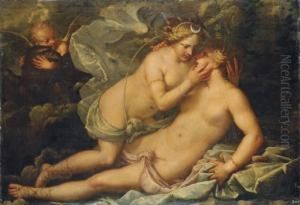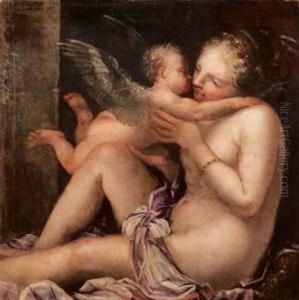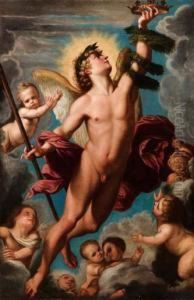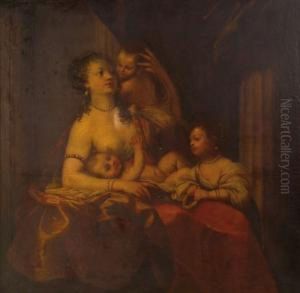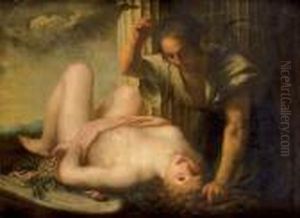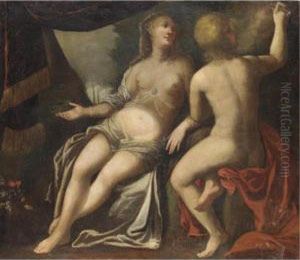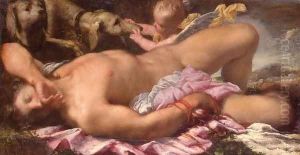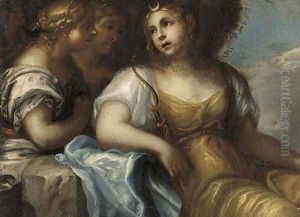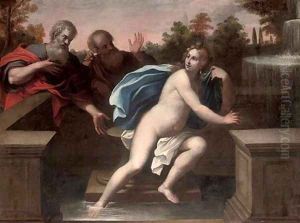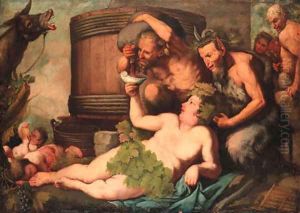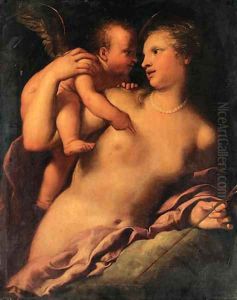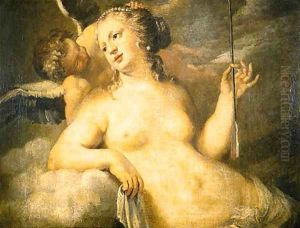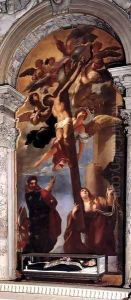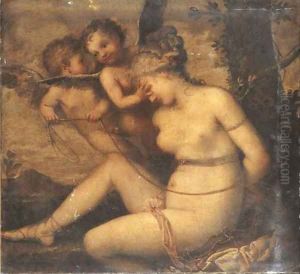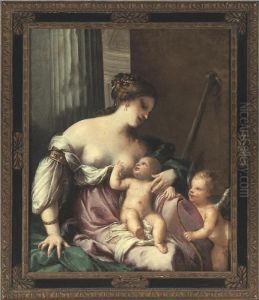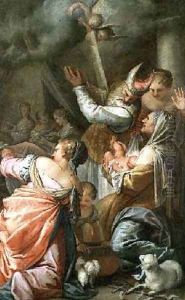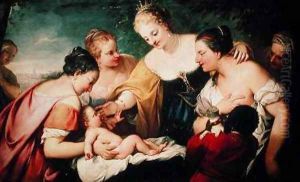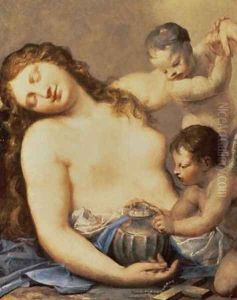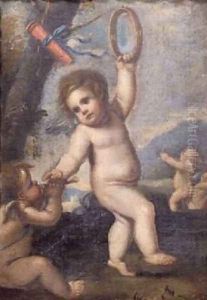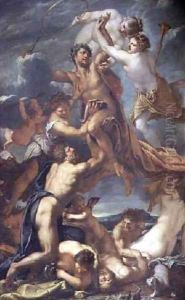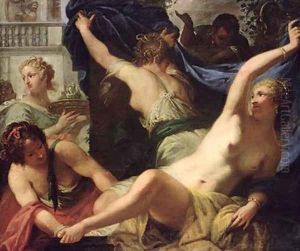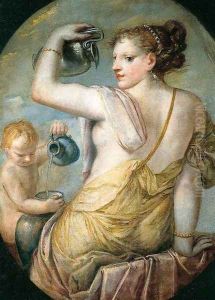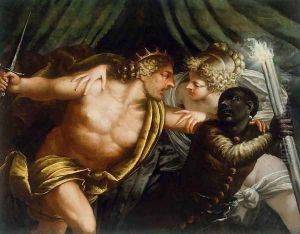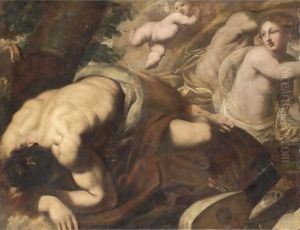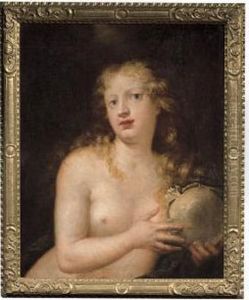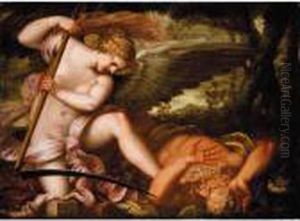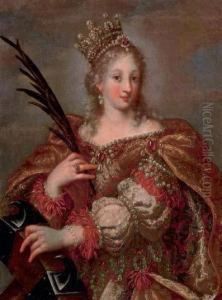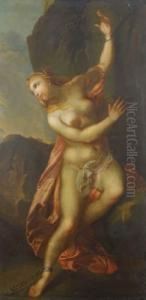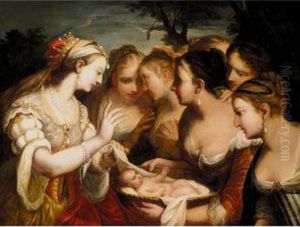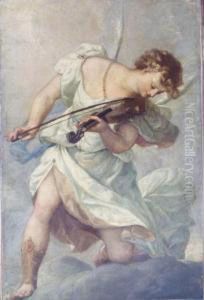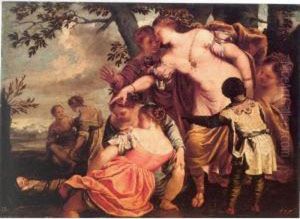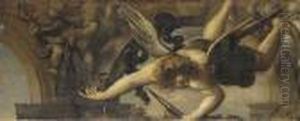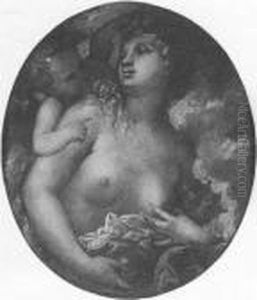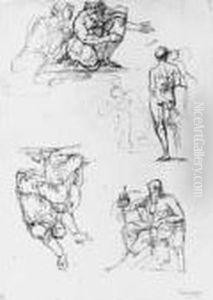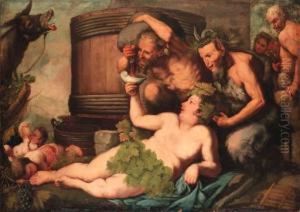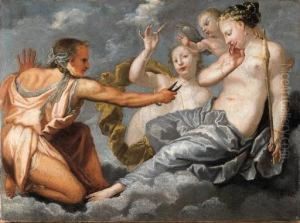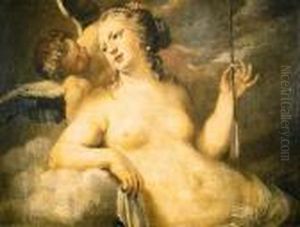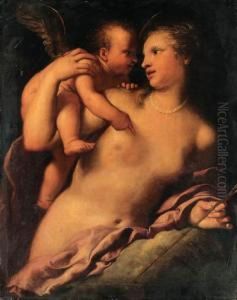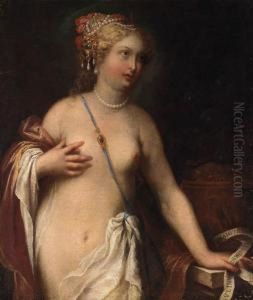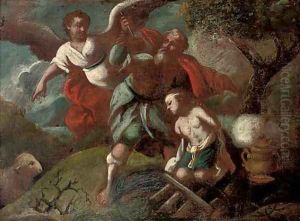Pietro Liberi Paintings
Pietro Liberi, also known as Il Libertino due to his liberal and unorthodox lifestyle, was an Italian painter of the Baroque era, notable for his sensual and expressive art that often depicted mythological and allegorical subjects. Born in 1605 in Padua, then part of the Republic of Venice, Liberi established himself as a prominent figure in the Venetian art scene.
His early life and training are not thoroughly documented, but it is known that he traveled extensively throughout Italy, including stints in Rome and Venice, as well as possibly visiting Naples. These travels exposed him to a variety of artistic styles and influences, which he incorporated into his own work. He was influenced by the dynamic compositions of the Renaissance and the emerging Baroque sensibility, as well as by the works of Titian and Paolo Veronese.
In the 1630s, Liberi moved to Venice, where he became a competitor of the leading artist at that time, Pietro da Cortona. His style developed to include more dramatic lighting and a stronger sense of movement, typical of the Baroque period. Liberi's works were appreciated for their inventiveness and the portrayal of emotions. He painted a variety of subjects, including historical and religious scenes, but he is perhaps best known for his mythological and allegorical compositions that allowed for more erotic elements, which were popular among the Venetian nobility.
Liberi's success in Venice led to commissions from patrons across Europe. He was summoned to the court of Ferdinand III in Vienna, where he was appointed court painter. His international reputation grew, and he worked in various European courts, bringing Venetian style to a wider audience. Despite his success, his lifestyle and the erotic nature of many of his paintings attracted controversy and criticism from some contemporaries.
Pietro Liberi's impact on the art world extended beyond his own works. He was a teacher to several artists who would become significant in their own right, thereby influencing the next generation of Venetian painters. He died in Venice in 1687, leaving behind a legacy as a master of Baroque painting who had an enduring impact on the Venetian art scene.
